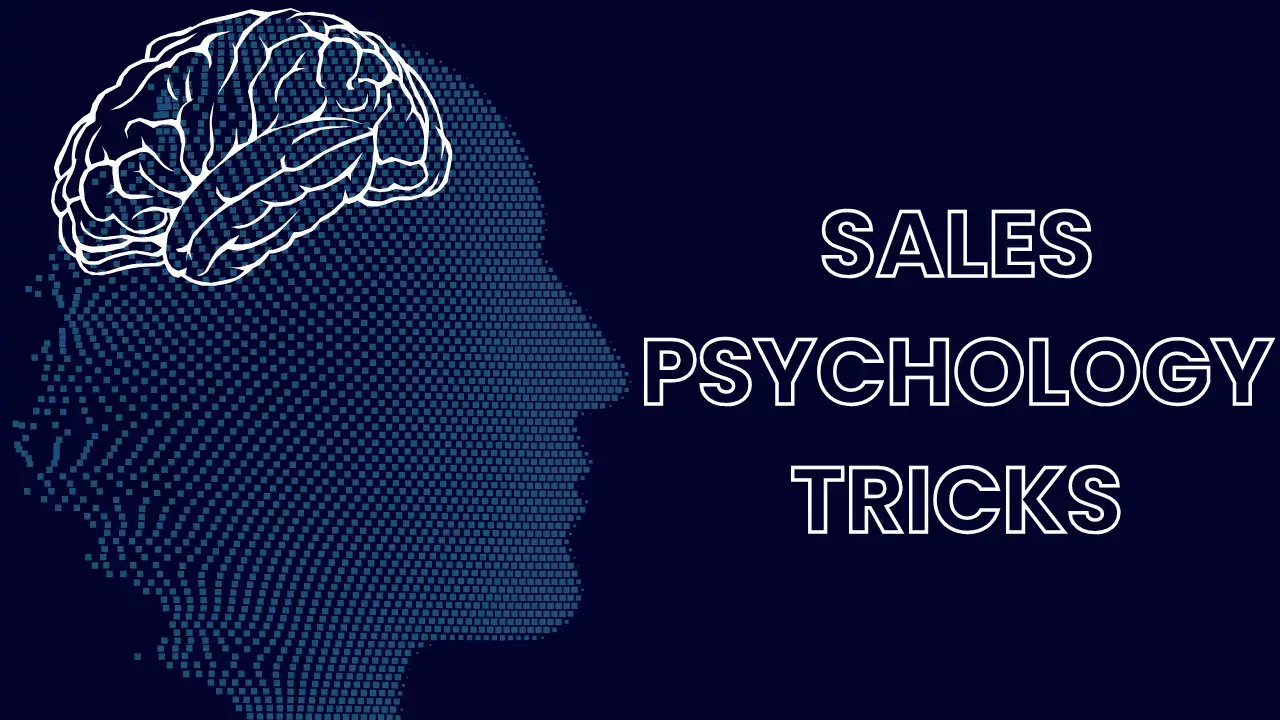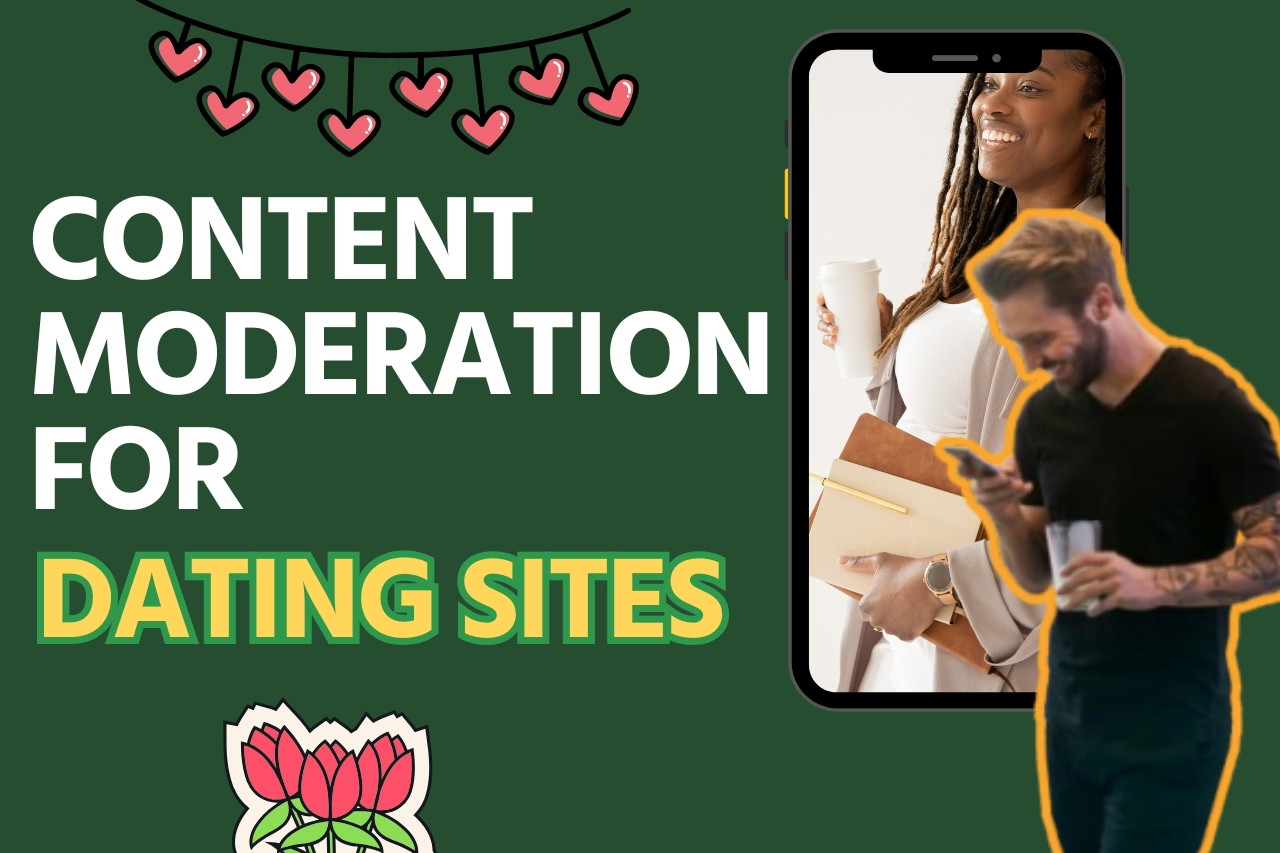By
Justine R
In today’s competitive market, understanding the psychology behind consumer behavior is crucial for businesses looking to boost their sales. With countless options available, consumers often find themselves overwhelmed, leading to decision fatigue. This article explores 12 sales psychology tricks that can effectively influence customer behavior and encourage them to make purchases. By implementing these strategies, businesses can create a compelling shopping experience that resonates with customers and drives sales.
Table of Contents
1. Leverage the Power of Scarcity
Scarcity is a powerful psychological trigger that creates urgency. When customers believe that a product is in limited supply or available for a limited time, they are more likely to act quickly to avoid missing out. This tactic can be effectively used in marketing campaigns through limited-time offers or highlighting low stock levels. For instance, phrases like “Only 3 left in stock!” or “Sale ends tonight!” can compel customers to make a purchase decision faster.
2. Utilize the Fear of Missing Out (FOMO)
Closely related to scarcity, the Fear of Missing Out (FOMO) taps into the anxiety consumers feel about potentially missing a valuable opportunity. By emphasizing exclusive deals or experiences that others are enjoying, businesses can motivate hesitant customers to buy. For example, showcasing real-time notifications of purchases (like “12 people bought this item today”) can trigger FOMO and encourage others to join in.
3. Employ Price Anchoring
Price anchoring involves presenting a higher-priced item next to a lower-priced one to make the latter seem like a better deal. This technique helps customers perceive value more effectively. For instance, if you display a premium product priced at $500 alongside a similar item priced at $300, the latter may appear more attractive due to the perceived savings.
4. Create Emotional Connections Through Storytelling
Humans are wired for stories; they help us connect emotionally with brands and products. By sharing relatable narratives about how a product has positively impacted someone’s life, businesses can evoke emotions that lead to purchases. Effective storytelling can trigger feelings of happiness, nostalgia, or even urgency, making customers more inclined to buy.

5. Simplify Choices
Too many options can lead to decision paralysis, where customers feel overwhelmed and opt not to purchase anything at all. Simplifying choices by limiting options or creating clear categories can help guide customers toward making decisions more easily. For instance, offering three different packages (basic, standard, premium) rather than ten variations can streamline the buying process.
6. Use Social Proof
Social proof refers to the phenomenon where people look to others’ actions for guidance on their own behavior. By showcasing testimonials, reviews, or user-generated content, businesses can build trust and credibility with potential buyers. Highlighting how many people have purchased or endorsed a product can significantly influence new customers’ decisions.
7. Implement Reciprocity
The principle of reciprocity suggests that when someone does something for us, we naturally want to return the favor. Businesses can leverage this by offering free trials, samples, or valuable content upfront. When customers receive something for free, they may feel compelled to reciprocate by making a purchase later on.
8. Foster Trust Through Authority
Establishing oneself as an authority in your field can significantly enhance customer trust and confidence in your products or services. This can be achieved through expert endorsements, certifications, or showcasing industry experience. When customers perceive you as knowledgeable and credible, they are more likely to make purchases from you.
9. Appeal to Loss Aversion
People tend to prefer avoiding losses over acquiring equivalent gains—a concept known as loss aversion. By framing your marketing messages around what customers stand to lose by not purchasing (e.g., missing out on savings), you can create a sense of urgency that encourages action. For example: “Don’t miss out on this exclusive offer—act now!”

10. Use Positive Language
The language used in marketing materials has a profound impact on consumer perception and behavior. Positive language fosters an optimistic mindset and increases the likelihood of purchase decisions. Using words like “enjoy,” “discover,” and “achieve” can create an inviting atmosphere that encourages spending.
11. Mimic Customer Behavior
Mimicry, or subtly mirroring your customer’s language and behavior during interactions, fosters rapport and makes them feel understood and valued. This technique enhances likability and trustworthiness—key factors influencing buying decisions. For instance, if a customer uses specific jargon related to their industry, incorporating that language into your responses can strengthen connection.
12. Make It Easy to Buy
Finally, ensuring that the purchasing process is simple and straightforward is essential for maximizing conversions. Complicated checkout processes or excessive steps can deter potential buyers from completing their transactions. Streamlining this process by minimizing required fields and offering multiple payment options increases the likelihood of sales.
Conclusion: Implementing Sales Psychology Tricks
Incorporating these 12 sales psychology tricks into your marketing strategy can significantly enhance your ability to convert leads into paying customers. By understanding how psychological principles influence consumer behavior and applying these tactics thoughtfully, businesses can create compelling experiences that resonate with their audience.

By implementing these strategies consistently across your marketing efforts, you will not only see an increase in sales but also build lasting relationships with your customers.
If you like this article, share your thoughts in the comments below or share this article with others who might benefit from these insights!




